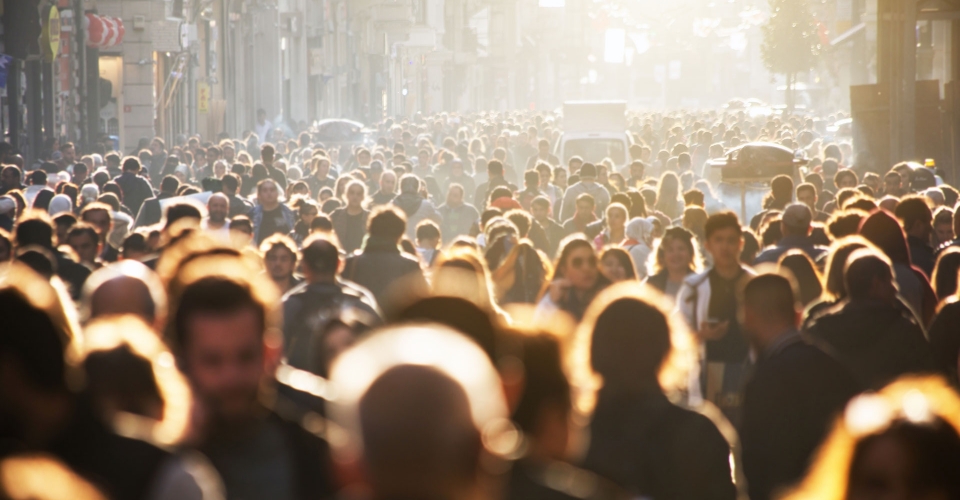Anyone can get sick with Covid-19 and become seriously ill or die at any age
The World Health Organisation (WHO) provides regular updates on Covid-19. Their website (August 2023) advises that most people infected with the virus will experience mild to moderate respiratory illness without requiring special treatment. However some will become seriously ill and require medical attention. .
Coronavirus disease (Covid-19) is an infectious disease caused by the SARS-CoV-2 virus. The virus spreads mainly between people who are in close contact with each other, for example at a conversational distance.
The virus can spread from an infected person's mouth or nose in small liquid particles when they cough, sneeze, speak, sing or breathe. Another person can then contract the virus when infectious particles that pass through the air are inhaled at short range.
Anyone can get sick with Covid-19 and become seriously ill or die at any age, but most people will recover without treatment. However some people, whether they have needed hospitalisation or not, continue to experience symptoms of long Covid (or post Covid-19 condition) including fatigue, breathlessness and congnitive dysfunction, affecting a person's ability to perform daily activities such as work or household chores.

Vaccinations reduce the risk of serious illness but do not prevent transmission’
"Society will have to learn to live with Covid in similar way to flu."
This statement was made by England's chief medical adviser Chis Whitty during a Royal Society of Medicine webinar.
Respiratory diseases such as Covid can be transmitted through small moisture droplets carrying the virus which are generated by people coughing, sneezing, shouting, singing or even breathing. They can travel for long distances and remain in the air for a long time.
Control measures including lockdowns and vaccination programmes have enabled us to start to get our lives back on track, but in situations where close contact is required we need solutions that minimise risk that are more effective and practical than masks or visors.
Find out more

Time and distance of close proximity increases the risk
World Health Organisation (WHO) advises that any situation in which people are in close proximity to one another for long periods of time increases the risk of transmission. Indoor locations, especially settings where there is poor ventilation, are riskier than outdoor locations. Activities where more particles are expelled from the mouth, such as singing or breathing heavily during exercise, also increase the risk of transmission.
Further it outlines settings that can exacerbate transmission of the Covid virus.
The "Three C's" are a useful way to think about this. They describe settings where transmission of the COVID-19 virus spreads more easily:
- Crowded places;
- Close-contact settings, especially where people have conversations very near each other;
- Confined and enclosed spaces with poor ventilation.
The risk of COVID-19 spreading is especially high in places where these "3Cs" overlap.
Ventilation systems in buildings are typically unable to remove airborne aerosol particles that carry the virus because they provide insufficient air changes per hour and air movement patterns tend to encourage aerosol particles to remain airborne.
Airshield® provides an effective solution to faciitate face-to-face consultations and meetings where ventilation systems are impractical or too expensive .
Find out more about Airshield
